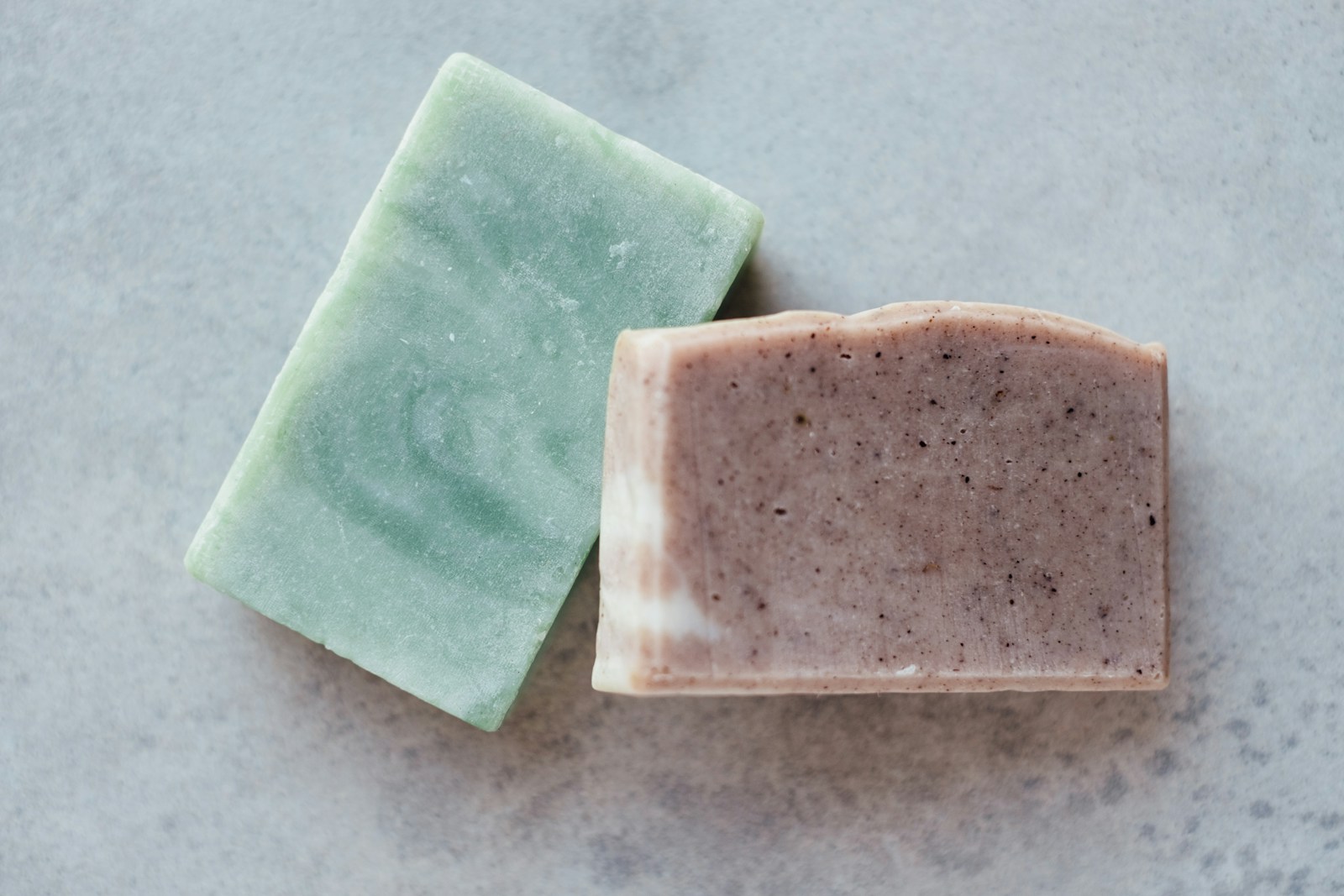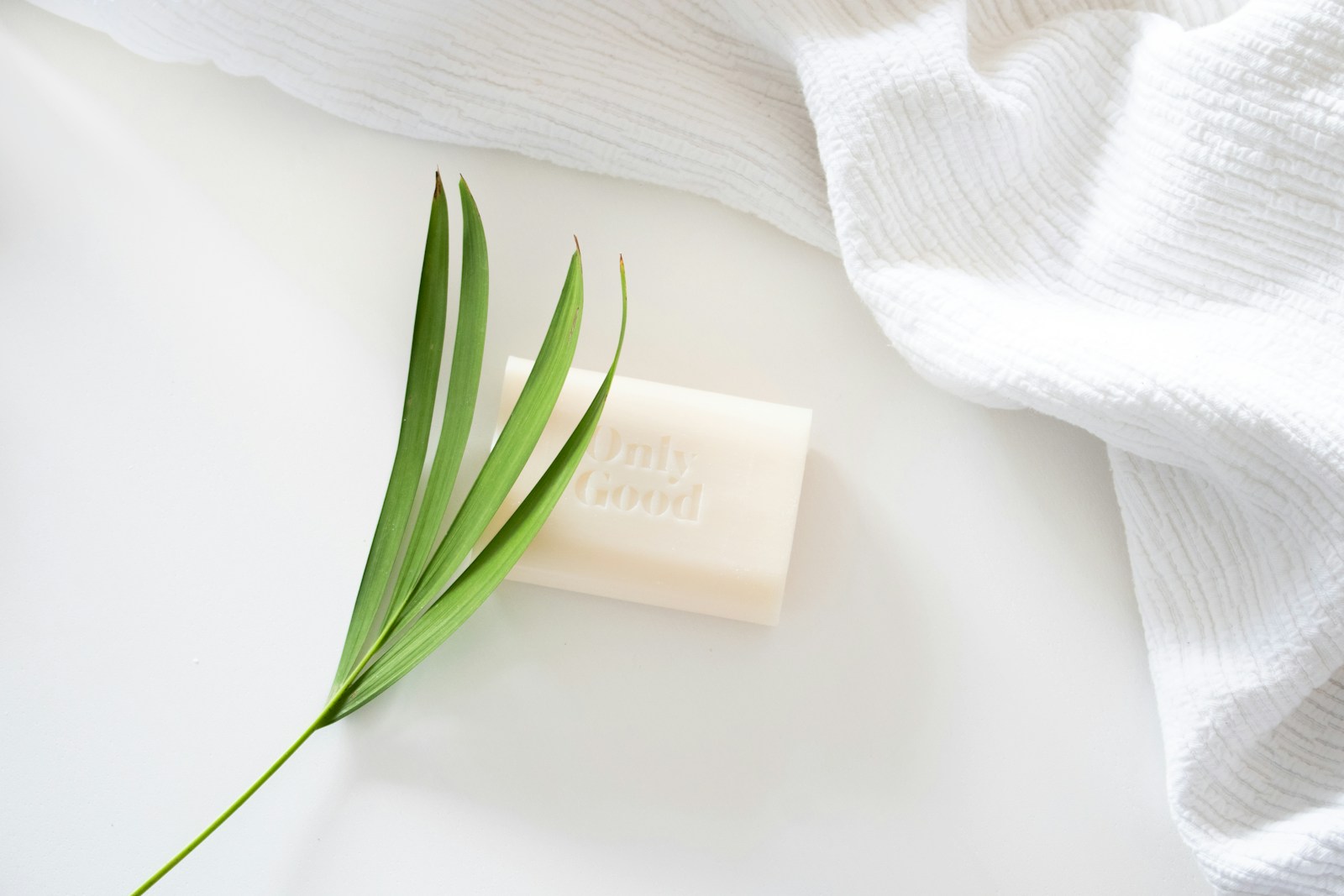Soap making is a popular hobby that has been around for centuries. There is something incredibly satisfying about creating your own soap, knowing exactly what ingredients are going into it, and customizing it to your preferences. If you are new to the world of soap making, or even if you are a seasoned pro looking for some new tips and tricks, you are in the right place. In this guide, we will explore some of the best-kept secrets for making homemade soap that smells amazing and leaves your skin feeling soft and nourished.
One of the most important things to keep in mind when making soap is to use high-quality ingredients. The quality of the oils, lye, and fragrances you use will directly impact the final product. When selecting oils, opt for a combination of oils that will create a balanced bar of soap with good lather and moisturizing properties. Some popular oils for soap making include olive oil, coconut oil, and shea butter. Additionally, make sure to use lye specifically made for soap making, as other types of lye can be dangerous or produce undesirable results.
Another secret to successful soap making is to pay attention to the temperature at which you mix your ingredients. It is important to heat your oils and lye to the correct temperature before combining them. This will ensure that the oils and lye emulsify properly and create a smooth, well-blended soap. Additionally, pay attention to the temperature of your fragrance oils or essential oils. Adding them when the soap is too hot can cause the scent to dissipate, so wait until the soap has cooled slightly before adding them.
When it comes to creating beautifully scented soap, the key is to use high-quality fragrance oils or essential oils. Essential oils are derived from plants and have natural scents that can add therapeutic benefits to your soap. Fragrance oils are synthetic and can offer a wider range of scents to choose from. Whichever you choose, make sure to use oils that are specifically formulated for use in soap making. Adding too much fragrance oil can cause your soap to be overpowering or irritate the skin, so be sure to follow the recommended usage rates.
In addition to using high-quality ingredients and paying attention to temperatures, another secret to successful soap making is to experiment with different additives and techniques. Adding ingredients like clays, herbs, or exfoliants can add texture and visual interest to your soap. Swirling techniques, layering colors, and using different molds can create stunning visual effects in your finished bars. Don’t be afraid to get creative and try new things – you never know what amazing creations you might come up with!
Overall, making soap at home can be a fun and rewarding experience. By using high-quality ingredients, paying attention to temperatures, selecting the right fragrances, and experimenting with additives and techniques, you can create beautiful bars of scented soap that you will be proud to use and share with others. So, roll up your sleeves, gather your supplies, and start exploring the wonderful world of soap making. Your skin will thank you!




